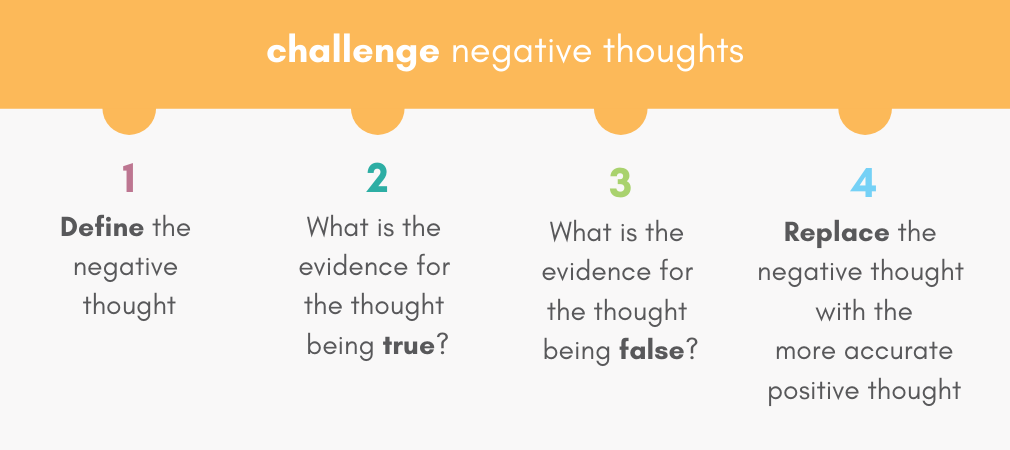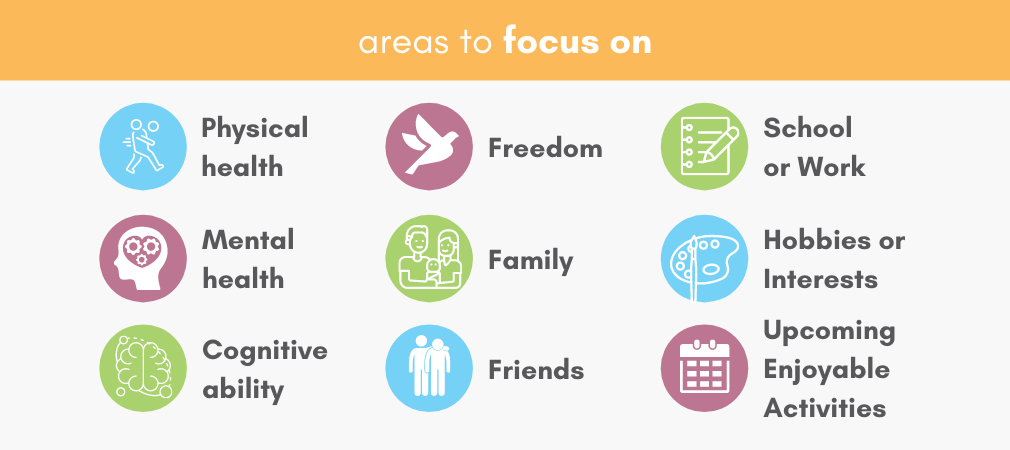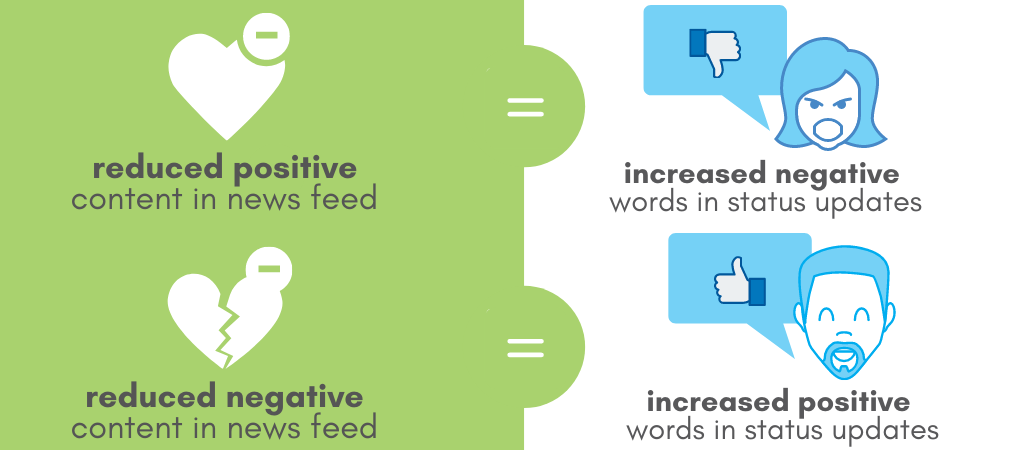3 Strategies for Becoming More Positive
There are many excellent health benefits related to being positive.
And perhaps the most potent benefit for being positive comes from recent research by Dr. Christopher Jacobi, which shows that being positive can help you live a longer life!
So, let's dive into three strategies that can help you create a little more positivity in your daily life!
Challenge Negative Thoughts
We all experience automatic negative thoughts.
These are thoughts that automatically pop into your mind that don't have the nicest things to say(e.g., "That was stupid," "What were you thinking?", "This looks terrible on me," "I should have known better"... you get the idea).
And if you aren’t challenging these thoughts, essentially, you are accepting them.
Over time, this will put you at risk of becoming a more cynical and possibly, depressed person.
So, here are four steps to help challenge negative thoughts.
Step 1 - Define the negative thought
It always helps to start with a definition.
For instance, if the negative thought you are addressing is "That was stupid," does it fall under the definition of stupid, or is it something different, perhaps just a silly mistake.
Being accurate is important.
Step 2 - What is the evidence for the thought being true?
Often, when people challenge negative thoughts, they’ll find at best, there is little evidence to show that the thought is true.
For instance, if the negative thought was, "This looks awful on me," there could be some truth to it... let's say if it doesn’t seem to fit properly.
That’s probably a much more accurate and truthful assessment than telling yourself it looks awful.
Remember, if a negative thought has some truth to it, it is essential to make this truth the correct size – no bigger, no smaller.
In rare instances, where the negative thought is entirely true – no problem.
There is something to learn here. You can make changes wherever possible. And when it isn’t possible to make changes, there is work that can be done with improving acceptance.
Step 3 - What is the evidence for the thought being false?
Let’s go back to the clothing example.
Chances are there is supporting evidence to show that the thought, “This looks awful on me," could be entirely false.
Just because something may not fit you as well as you'd like or be your best colour doesn't mean that it looks awful.
Step 4 - Replace the negative thought with the more accurate positive thought
Typically, I suspect you’ll find that the negative thought is false or mostly false.
So, instead of accepting that negative thought, it's essential to replace it with a more accurate, positive thought.
This step is vital, so your brain receives the correct message.

Prioritize Time Everyday To Focus On What is Going Well
Generally speaking, people spend little time focusing on what is going well.
Instead, we often focus on what we are doing, what needs to be done in the future, what went wrong in the past or what’s not going well now.
But if we want to feel more positive in our daily lives, it's essential to take some time each day to focus on what's going well.
Here are a few examples below of areas you could focus on:

And remember to switch up what you focus on. If you always focus on feeling positive about the same things in life, there is a chance you will habituate to that area, and it will be less effective.
Beware of How You Spend Your Time
Time is truly the most precious commodity we have.
You don’t know how much time you get. You know that it's limited, so it's essential to make the most of it.
I encourage you to consistently give some thought about how you spend your time and who you spend time with consistently.
It’s far easier to feel positive when you engage in activities you typically enjoy doing.
And remember, emotions are contagious, so it's easier to be positive when you make a point of spending time with people who are typically positive.

Do you find emotions to be contagious?
Is social media a positive or negative place for you?
What do you find helps with positivity?
Join the conversation on Facebook!




